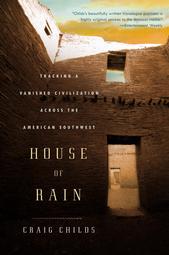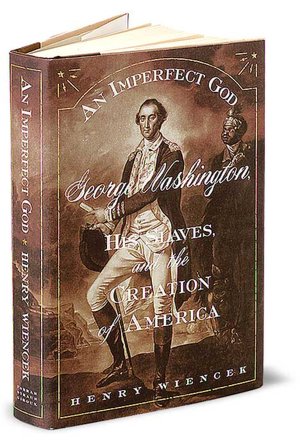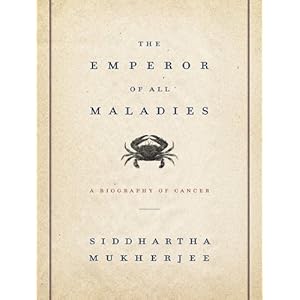 |
| Original image at suzannecollinsbooks.com/ |
Author: Suzanne Collins
Year: 2009
Genre: Teen/thriller/popular
Rating: 2
The second installment of a trilogy is almost always the best of the three. Take for example The Two Towers, which captures the soul of the whole story, or The Empire Strikes Back of Star Wars. Because the central story doesn't have to introduce strangers into a brand new world or say goodbye, it nearly writes itself. The tension strings the two together, and the book can act like the climax of the whole.
Catching Fire, the second novel of the acclaimed Hunger Games series, acts like the first. After the choppy, rushed introduction of the first book, the second flows much more naturally and freely.
Suzanne Collins brings us back into her futuristic country of Panem, where Katniss Everdeen and Peeta Mellark have returned to their home district and prepare for their forced tour of the districts. Their relationship is forced and awkward now that the games are over and they must go back to their original, simpler lives. However, the world has changed since Katniss's explosive presence on the Hunger Games. The twelve districts are on the brink of revolution, and the remarkably revolting President Snow approaches Katniss to enlist her to defuse the rebellions steadily growing in the country.
But Katniss has other problems. And as her personal life spins out of control, so does the feeling in the country.
Collins has clearly realized that in the face of the immense popularity of The Hunger Games, she needs to refine her writing for a larger audience. The syntax of this novel is much cleaner and more mature, and the characters think in much more logical, mature manner. Peeta, who was borderline childish for large sections of the first novel, is suddenly an adult and full of much more relatable pain. Gale, who was pointless and flat, suddenly folds out like origami into something far more complicated and able to stand on his own. He remains a little cliche in places, but his interactions with the citizens of District 12 glow far more than those with Katniss.
Better yet is the unpredictability of the novel. While The Hunger Games is both somewhat predictable and even a touch corny at times, Catching Fire pitches a continuation of the story in a familiar direction with the touches of Suzanne's overall goal for the story. Katniss, Haymitch, and Peeta are pitched into a sort of dysfunctional family relationships because of their one horrid commonality-- they were forced to kill their peers for the entertainment of those around them.
And yet, despite the improvement of the entire novel, there is a hollowness, as if Collins has written the body of the story but sucked the marrow out of the bones. It has a skeleton, but the bones are empty and there's no blood in its body. She tried to make up for it with the gratuitous amount of violence, but this does not stop us from feeling a certain emptiness for a true meaning in the story. One of the themes that screams to be explored is also the most obvious: what does it mean to kill another person? What has to change inside of us to be able to face someone just like us and kill them to save our own life?
Sadly, Collins skirts these great questions for the entertainment value. Not that it is lacking-- the story is fast-paced, gripping, and tear-jerking in places. Great new characters are introduced, and the relationship between Katniss and Peeta changes into a form both more complicated and more simple. Katniss does all she can just to survive, even when that means hurting the people she thinks she might love.
The title is a double entendre and refers to the first Games, which takes about half the book to figure out. However, the scene in which she fulfills it is strikingly unforgettable; even if she is no Dickens, she has the visuals of a master.
Altogether, though, Suzanne Collins has done that thing that authors dream of: writing a sequel that improves on the original. Available for $5.99 on the Kindle or $9.87 for the hardback on Amazon, Catching Fire is worth the read for anyone, but read the original first, because otherwise confusion is inevitable.
The film is due out in September 2013, with a much larger cast (including Philip Seymour Hoffman as Plutarch Heavensbee). Look for the long line of screaming teenage girls outside the movie theatres.









.jpg/200px-The_World_Without_Us_(US_cover).jpg)





